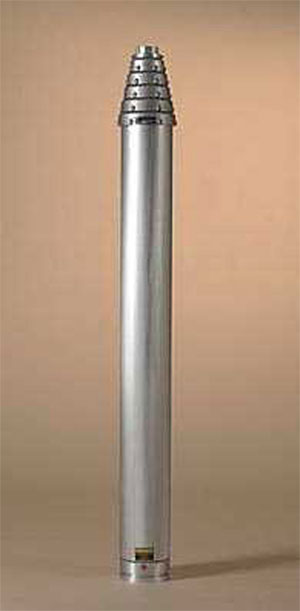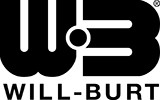
Selecting a telescoping mast for your application can be a confusing process. With the many types of mast models available how do you make the right choice?
Masts can be pneumatic, hydraulic, mechanical and manual. If the application requires the mast to be vehicle mounted, any of the four can be specified. Pneumatic masts typically are cost effective and reliable for most commercial and some military applications. A compressor in the vehicle is necessary for mast extension. Pneumatic masts can be configured with heights to 164 feet and payload capacity to 1,200 pounds. For any pneumatic mast over 60 feet, guying is required. Maintenance on pneumatic masts is fairly straight-forward and requires attention to seals, regular cleaning and mast lubrication.
Hydraulic masts are prevalent in the marine industry. In many commercial industries such as telecommunications, broadcasting, cellular, military and energy generation, a hydraulic mast is not ideal. It requires a fluid tank to be placed inside the apparatus. Any mast or tank leaks can be detrimental to the integrated equipment. Although a hydraulic mast may be smoother on the way up, it is much more costly and requires most diligent maintenance.
Mechanical masts are well suited for applications in which the mast must stay extended for indefinite periods of time. The mechanical nature allows partial extension of the mast when desired and provides powered retraction for extreme wind or ice conditions. Long periods of extension are commonplace. Military and government operations use mechanical masts for surveillance, reconnaissance and communications. The ability to withstand small arms penetration and continue to maintain mast extension is a primary benefit.
Manual masts are the most portable and lightweight. Utilized in military ground operations the masts can be put up in minutes by a one or two operators. These are primarily guyed field masts that hold light payloads for field communications and surveillance. The masts can also be attached to the sides of vehicles with simple brackets that make transporting and deploying the mast very easy.






